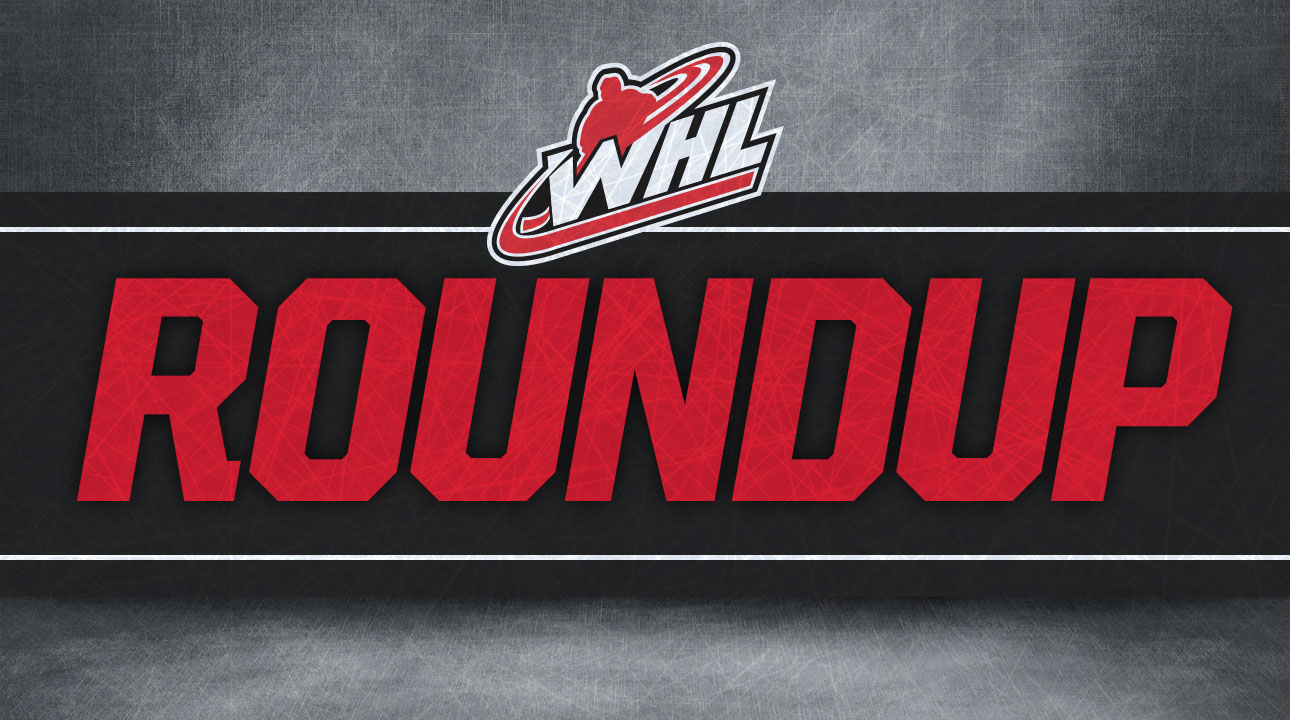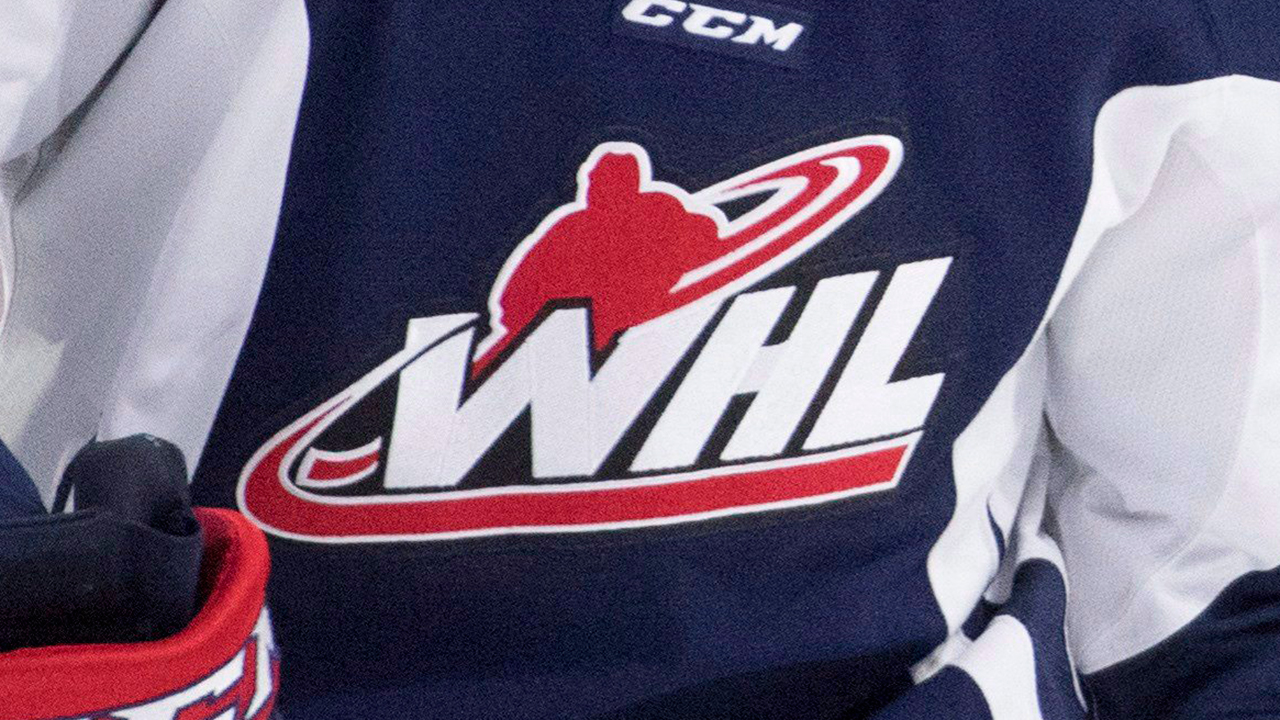There’s been plenty made in the media in regards to the class-action lawsuits recently filed against the Ontario and Western Hockey Leagues. The basic question at issue in the suits is whether or not players should be considered employees or student-athletes—or, put another way, whether the CHL can afford to pay its players. And it’s easy to see why that question would provoke strong opinions on both sides.
CHL players are not currently paid by the teams they take the ice for, beyond the reimbursement allowance that starts out around $200/month. That might seem unfair at first glance, but that’s because the benefits those same players receive are far too easily overlooked or taken for granted.
Let’s start with the league’s scholarship program. In simplified terms it looks like this: each and every player is offered one year of tuition, books and compulsory fees at a certified post-secondary institution for every year they play in the CHL. Education costs during their junior career are also taken care of, as well as tutoring. CHL graduates are also often given additional monies from Canadian universities they are recruited to that top up their league-provided scholarships.
Once graduating from the league, players then have 18 months to take a stab at a pro career before forfeiting their earned scholarship money. Additionally, players who sign NHL entry-level contracts lose any education funds accrued for CHL seasons played
Next there’s equipment. Any parent will tell you that simply getting a child suited up enough to take the ice in a minor-hockey game is exorbitantly expensive. Those costs increase exponentially when that same kid is playing at the highest level of junior-aged hockey in North America, arguably the world. Each player in the CHL is decked out head-to-toe in the best protective equipment the league has to offer. They’re also supplied sticks, and a player on the roster for an entire season will go through an average of 10 to 15 per season. Some players will go through two pairs of skates or gloves. And goalie gear’s a whole other ballgame. None of this stuff is cheap.
Now add in coaching. More than half of the CHL’s 60 head coaches have either played or coached in the NHL, and the majority of those who haven’t either played or coached in the AHL. Most CHL teams have at least three coaches on staff, usually including video, skills and goaltending elements. Sports psychologists are available, as are nutritionists. And team doctors, dentists, physical therapists, and strength and conditioning coaches are all part of each CHL staff.
Ice time for practice and skill development is made readily available, travel costs are covered and players are provided with billet families that are subject to police background checks and screened by each individual team. That last one has associated costs—families are provided an allowance to help care for the player they’re housing—but it’s hard to really attach a price to—in many cases, the billet family experience lasts a lifetime
In fact, it’s hard to pin an exact dollar value to many aspects of the average player’s CHL experience—and nearly impossible to accurately capture the whole thing. Sure, they don’t get paid, but players are provided a wonderful opportunity to chase their professional hockey dreams while earning a post-secondary education essentially debt-free.
The list of expenses and player benefits above isn’t meant to be comprehensive, but it’s important to note that should players be reclassified as employees, the financial realities faced by CHL teams would necessitate the scaling-back of even that partial list. I’m not crying poor for the owners, but as financial documents obtained by Sportsnet clearly show, the majority of OHL and WHL teams have failed to break even over the past five years.
The current system isn’t perfect but, like anything in life, it will continue to evolve and improve—as it has since I started calling games locally in the late-‘90s. Increasing the reimbursement allowance or extending the availability of scholarship money from 18 months to two years after a player leaves the league would both be good adjustments. And unlike the pending lawsuit, they would be far less likely to put entire franchises at risk.
Playing in the CHL isn’t for everyone, but nor is it required of every young man talented enough to get drafted. Elite young hockey players don’t lack options, and some may find Tier II or the NCAA to be a better fit in North America. But those options have at least one thing in common with the CHL: you’re not going to get paid.




